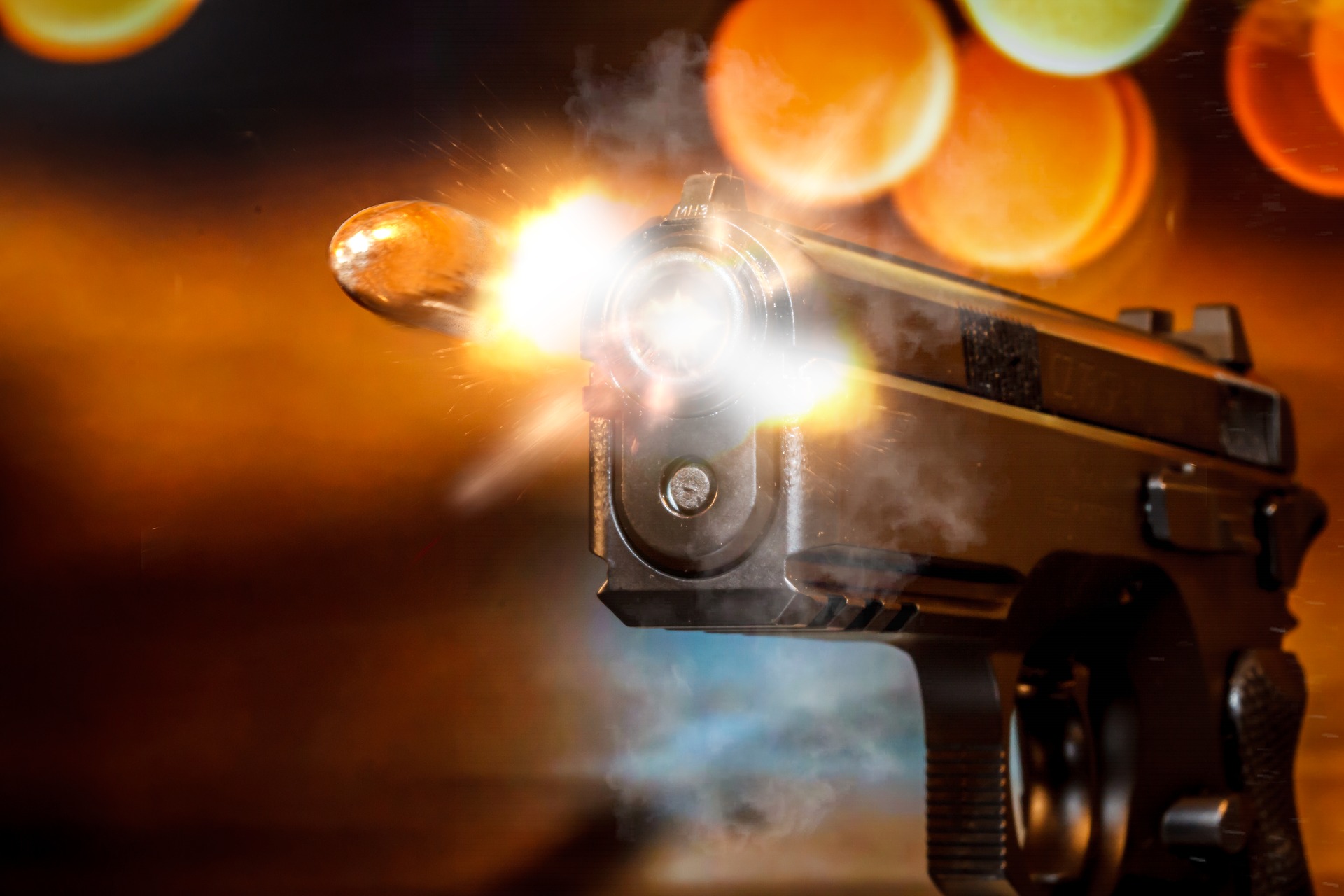BEIJING (NEXSTAR) — There are three things you need for sports competitions: athletes, a venue and someone to keep score or keep time. For the Olympics, the group in charge of keeping time spends three years before each Games begin, making sure everything is precise.
Omega has 300 timekeepers here in Beijing with 200 tons of equipment spread out across three zones. The goal is to make things as fair and fast as possible.
Timing the games is a massive undertaking. But for Omega, that’s what they’ve been doing since 1932. And the stakes are impossibly high.
“We cannot make any mistakes,” says Omega Timing CEO Alain Zobrist.
Their technology determines who gets gold, silver or bronze.
“We’re having photo-finish cameras that take 10,000 pictures per second of the finish line.”
And as you can imagine, the technology has changed quite a bit in the 90 years they’ve been timing the games.
“For the first time, the judges have the ability to look at technology to help them make the right calls for false starts,” says Zobrist.
In figure skating, they use artificial intelligence to track the athletes across the ice.
“Where the athletes spend the most time on the ice, we can measure their jumps and analyze them in great detail. How high they jumped, how far they jumped, how fast they jumped and how they rotated and all this information can be provided to TV audiences.”
Every sport is different and presents its own challenges. But the goal is always the same, making sure the right athletes take home the gold, silver and bronze.


























